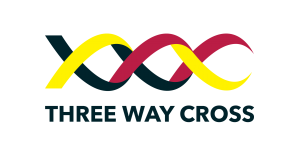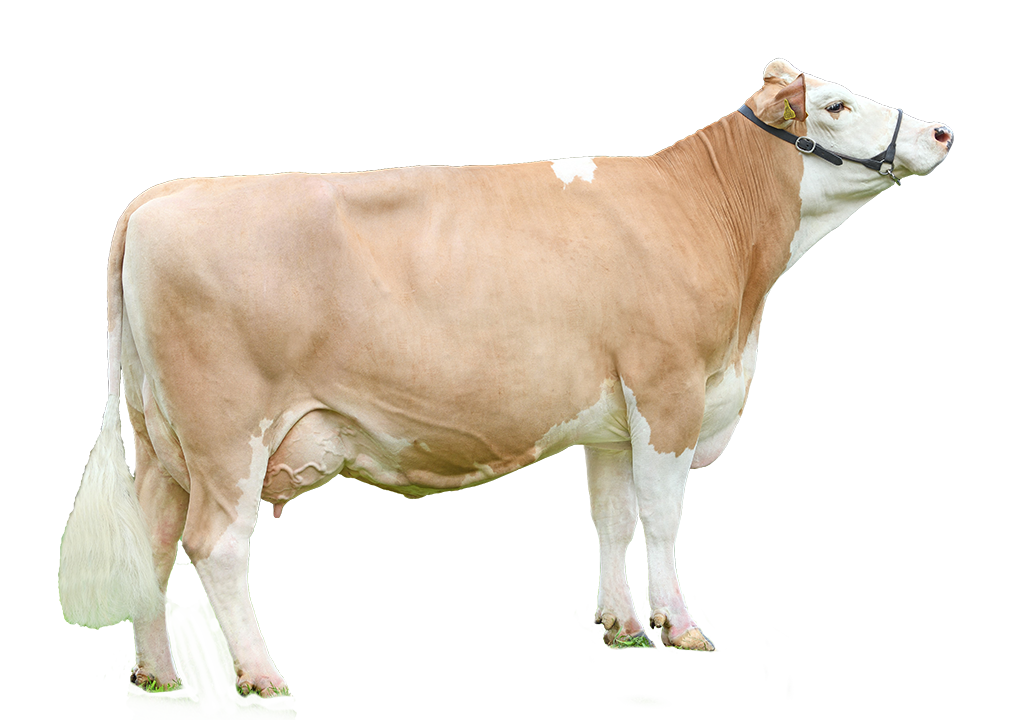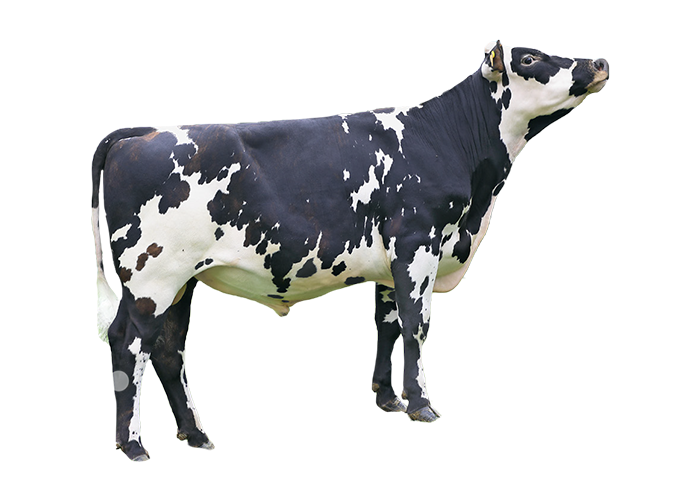
Three Way Cross, the key to efficiency
The Three Way Cross empowers farmers with the ability to breed cattle that can combine; feed conversion efficiencies, superior health traits, dairy beef capabilities, and the herd’s overall ability to get back in calf each year. With a Three Way Cross breeding rotation the hybrid vigor or heterosis of your crossbred herd is optimised.



Hybrid Vigor or Heterosis in a Three Way Cross
By utilizing breeds that are superior in these fundamental traits in a Three Way Cross program, it’s proven to increase production and profit due to superior hybrid vigor, giving you the ultimate solution to unlocking each of these traits within your herd.
+ Increased Fertility
+ Superior Health Traits
+ Longevity




In selecting which breeds to use in your Three Way Cross it is important to evaluate what farming system you are currently farming and what problems you currently face within your herd that could be solved using a variety of breeds available from world-leading breeding programs on the market from Samen NZ today.
For a large portion of New Zealand Cross breeders who majority use a Friesian x Jersey we recommend the VikingRed.
The VikingReds have a lot to offer the current two way crosses and bring incredibly health, feet and legs and superior fertility. For many cross breeders there are a few other options that are going to help optimise feed conversion efficiencies, dairy beef capabilities, fertility issues and more!
The exciting part is while Samen NZ uses specially selected sires from world leading breeding programmes from all over the globe for New Zealand pasture based systems for a huge portion of these additional breeds
we already have New Zealand herds with proof that these other options are already leading the way into the future of efficiency.
Some of the other options available include: Fleckvieh, Norwegian Red, Montbeliarde, Normande, Abondance and more! Each of these breeds brings beneficial traits to your dairy herd, these benefits are then enhanced by the effective use of hybrid vigor in the Three Way Cross breeding program.
Key potential benefits of a Three Way Cross
+ Adaptability to climate change
(Heat & cold tolerance)
+ Reduction in the use of antibiotics
(Improved udder, hoof and general health)
+ Environmental Sustainability
+ Reduction in Bobbies
+ Introduce Polled
+ Reduce metabolic issues
+ Reduced workload
+ Improved fertility
+ Longevity
+ Amplify all these benefits with Heterosis
Three Way Cross Stories In New Zealand
Backed by Research
A study conducted by Dairy Australia, the national service body for the Australian dairy industry compared the different crossbreds and purebred herds on a pasture-based system.
In the latest study, published in 2019, the entity analysed data from more than 23 million lactation records from almost 900,000 cows on more than 18,000 farms.
The study showed that in terms of the three-way cross, there is no significant difference in the volume of milk when compared to two way crosses; however, there is a list of benefits you can count on when using this strategy.
The protein and fat percentages, the survival (how long the cows are in the herd), the conception rates (CR), the six weeks In Calf Rate (6wICR) of the three breed cows outperformed the backcross animals (two cross-system).
Three Way Cross Webinar
Selecting the breeds for your Three Way Cross
VikingRed


Longevity and health sit very high on the Viking Red’s list of traits. These trouble-free red cows have had their health and production recorded in the Nordic data system since the 1980’s. VikingRed does not only have exceptional health traits but VikingRed’s also have high milk solid production.
When crossbreeding with VikingRed over your herd, you will see a boost in health traits, fertility, efficiency and dairy beef capability.
Norwegian Red


Norwegian Red’s are known to be healthy, easy-going dairy cows. Norway maintains the lowest use of antibiotics in cattle and with over 98% of Norwegian milking cows enrolled in Geno’s comprehensive recording program, you can rely on accurate data. A third of Norwegian Red’s are born polled, giving farmers a large range of genetics to select polled from.
Crossbreeding with Norwegian Red’s over your herd will bring in easy calving, healthy, reliable calves, with dairy beef capabilities.
Fleckvieh


Fleckvieh are hardy, long-lasting, dairy-beef capable cows. Their medium-sized frames are supported by strong feet and legs, providing a sturdy platform for their long-lasting udders. Fleckvieh are also efficient feed converters with excellent production.
If you’re looking to improve longevity and get more lactations out of your herd, crossbreeding with Fleckvieh will help with this. Fleckvieh will also increase your dairy-beef capabilities.
Normande


Normande are a white and red breed originating from the northwest of France. Normande are great at producing rich milk and marbled beef. Studies have shown that Normande has much higher feed conversion rates than other breeds on the same diet.
Bringing Normande into your crossbreeding program will increase your dairy-beef capabilities, boost your calves growth rate and increase component %.
Montbeliarde


Longevity is a theme in the Montbeliarde breed. A quarter of Montbeliarde make it to 5 or more lactations, proving their lifetime production is something to speak wonders of. Their high fertility helps achieve an impressive success rate in artificial insemination and their very low cell count makes for an easier breed to deal with.
The Montbeliarde breed is perfect for introducing increased fertility and longevity across your herd.
Abondance


A popular breed in France, Abondance are medium-sized, tough and durable cows with the capability of producing rich milk and meat. Along with their dual-purpose capabilities, Abondance have great fertility and calving ease, making for an easy-going breed.
Abondance is well known for their ability to withstand extreme variations in temperature, making them a great crossbreeding choice for North and South Island herds. Crossbreeding with Abondance will also bring across the easy-going nature with environmental adaptability setting your herd up for increased variation in climate and the ability to maintain milk production.
Jersey


The small brown cow, making up around 8% of our National Herd. Jerseys are well known for producing high-component % milk. Their small but sturdy frames, supported by strong feet make Jerseys less prone to lameness and ideal for medium to long-distance walking. High fertility is a bonus, especally when Jerseys are also easy calving.
When crossbreeding with Jerseys, you will typically see smaller frames and increased milk fat content.
Friesian


Looking over New Zealand paddocks, chances are you will spot a Holstein-Friesian. Making up over 30% of the National Herd, these slightly taller in stature, bigger framed cows are known to producing large amounts of milk solids when optimally fed. Holstein Friesians top out any other breed in terms of high production when conditions are favourable.
Crossbreeding with a Holstein over another breed will bring up good production and create an animal suitable for beef production.



Ready to create a more efficient future with the Three Way Cross?
Our team of dedicated breeding consultants is ready to come and visit your herd and work with you to produce a structure strategy for optimising your crossbreed herds genetic strategy for your dairy operation.
